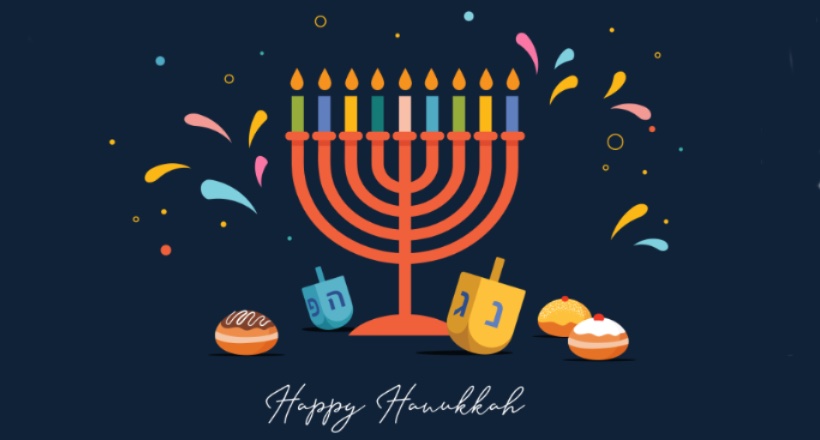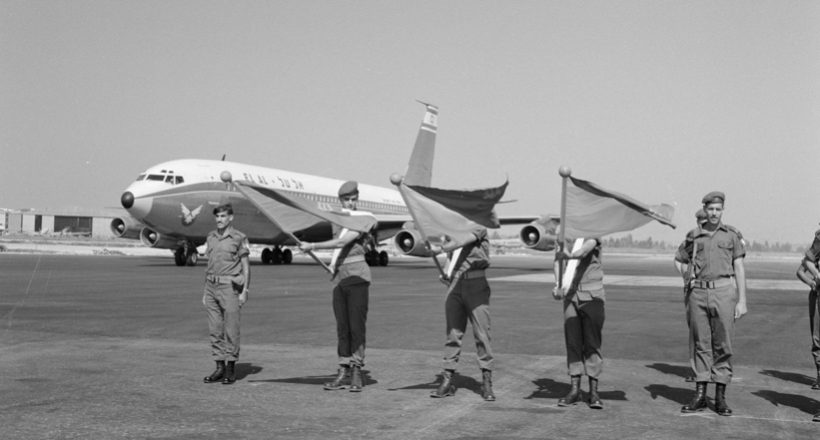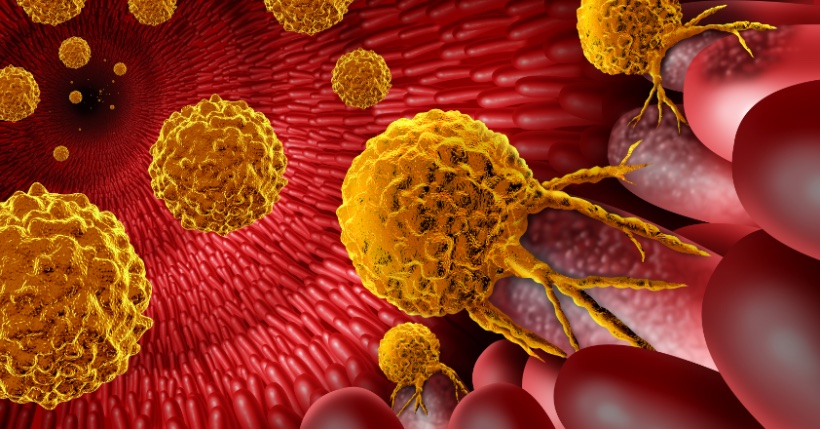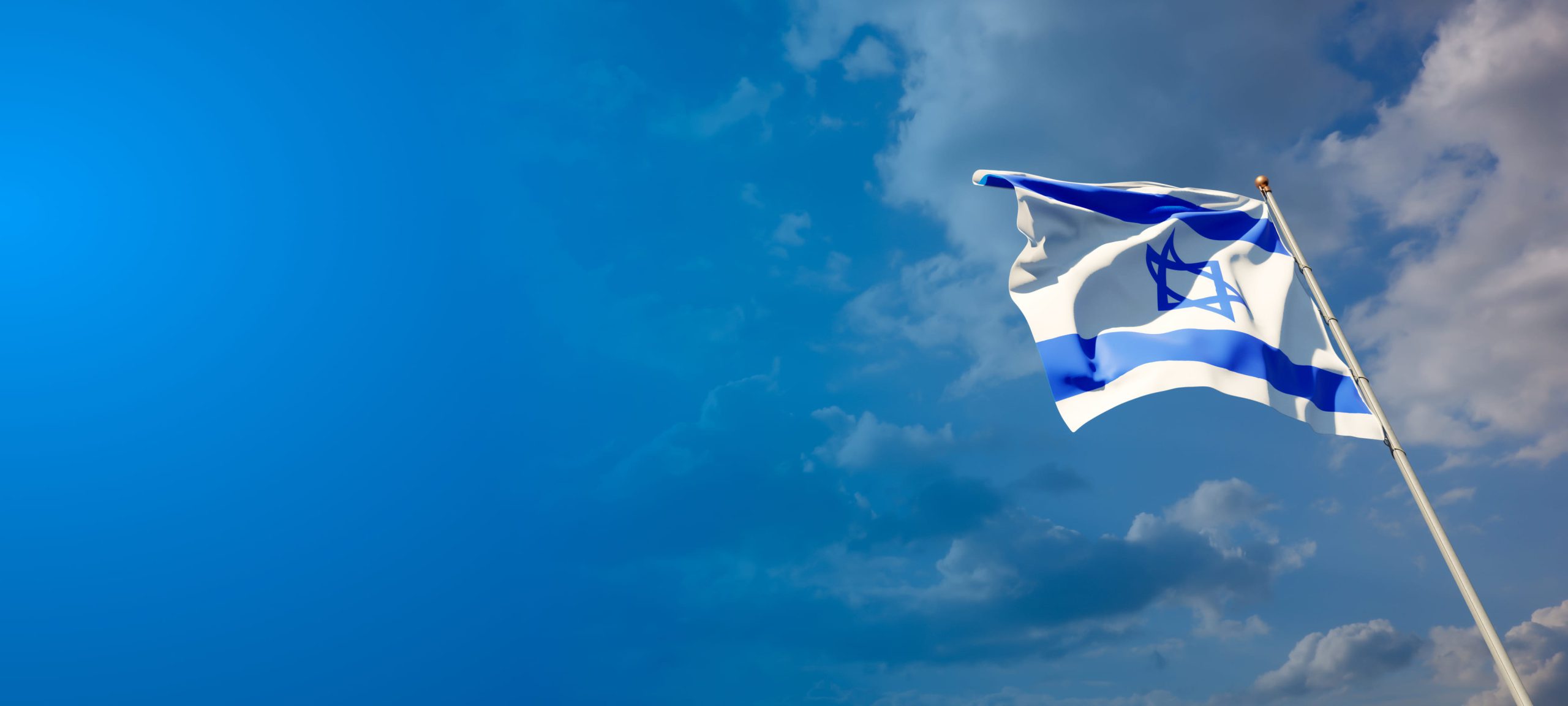8 interesting facts about Hanukkah
Image: marish / depositphotos.com

Today, December 15, is the eighth and last day of Hanukkah. We offer your attention to several notable facts about this holiday:
History
Hanukkah is celebrated in honor of the miracle that occurred in 164 BCE. A small amount of oil, intended for just one day, miraculously burned in the Menorah of the Second Temple in Jerusalem for eight days after the Jewish warriors, the Maccabees, won a victory over the Syrian-Greek forces and liberated Jerusalem.
Symbol of the holiday
The main symbol of the holiday is the Hanukkiah, a special nine-branched candelabrum. Each day of the holiday, another candle is added. Hanukkah lasts for eight days. The ninth candle, called “shamash” (servant), is used to light the other eight candles.
Order of lighting the candles
During the eight days of Hanukkah, 44 candles are lit. This is calculated as follows: 1+2+3+4+5+6+7+8 = 36 candles for each day of the holiday plus 8 “shamash” candles, used each day to light the other candles, which totals 44 candles.
Hanukkiah in the Guinness Book of Records
The largest Hanukkiah was installed at Grand Army Plaza in New York. Its height is 9.7 meters, width – 8.5 meters, and weight – 1,814 kg. The Hanukkiah was designed by the famous Israeli artist Yaacov Agam, based on the image of the original Menorah from the Holy Temple, made by Maimonides.
Hanukkah light
For 30 minutes after lighting the Hanukkah candles, it is customary to refrain from household chores, as it is believed that at this time a special hidden spiritual light, “or ganuz,” usually accessible only to great righteous people, descends. This time is considered favorable for asking the Almighty for a personal miracle.
Hanukkah treats
On Hanukkah, it is customary to prepare treats fried in oil: jam-filled doughnuts “sufganiyot” and potato pancakes “latkes.” It is also customary to give children chocolate coins, “gelt,” wrapped in gold or silver foil.
Playing dreidel
A favorite children’s pastime on Hanukkah is playing dreidel (“sevivon” in Hebrew), a spinning top with four sides, each bearing one of the four Hebrew letters: Nun (נ), Gimel (ג), Hey (ה), and Shin (ש) outside of Israel, or Pei (פ) in Israel. These letters form the acronym for the phrase “Nes gadol haya sham” – “A great miracle happened there,” or “Nes gadol haya po” – “A great miracle happened here” for Israel. In the game, participants guess which letter the top will land on, and the winner receives a prize – often the chocolate coins “gelt.”
Hanukkah in space
In December 1993, astronaut Jeffrey Hoffman took a dreidel and a special travel Hanukkiah into space. During a live broadcast from aboard the space shuttle Endeavor, the astronaut showed how he prepared for the holiday, launched the dreidel in zero gravity, and wished Jews around the world a happy Hanukkah.





